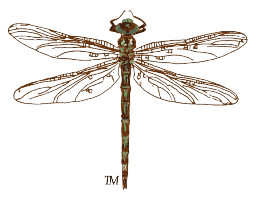About the Cover…
These young Cooper’s Hawks (Accipiter cooperii)—around four weeks of age—were photographed on July 8 by HCMN Mike Davis at Plum Creek in Kyle, Texas. One fledgling appears perturbed by the accidental loss of prey over the edge of the nest by the fledgling on the left—an event observed during feeding behavior.
All photos courtesy Mike Davis
Betsy Cross with Mike Davis
In early June, Hays County Master Naturalist Mike Davis spotted an active hawk nest high in the canopy along Plum Creek in Kyle, Texas. The narrow window of visibility wasn’t ideal for documenting every stage of the nest cycle, but he couldn’t resist photographing the activity.
On June 3, one of the adults arrived at the nest—a Cooper’s Hawk. From that point forward, Mike monitored the nest site almost daily.
Nearly three weeks passed before the first nestling appeared, just barely visible above the rim of the nest (June 22).
The following day, just before one of the parents arrived with food for the brood, Mike captured this remarkable image of three fuzzy baby hawks peering out together (June 23).
Mike had the impression that this individual—likely the female—was the parent of the chicks. What stood out about the adult was its plumage, characteristic of a juvenile Cooper’s Hawk just beginning its second calendar year.
While it’s uncommon for birds of this age to breed, it has been documented. According to Rosenfield et al. (2009), yearling Cooper’s Hawks occasionally attempt nesting, though such cases are rare and typically have lower reproductive success. Source: Rosenfield, R. N., Hardin, M. G., Bielefeldt, J., & Rosenfield, L. J. (2009). Cooper’s Hawk (Accipiter cooperii). In The Birds of North America (A. F. Poole, Ed.). Cornell Lab of Ornithology.
Robert Rosenfield et al.’s long-term studies provide some additional fascinating gender-specific data: in multiple short-term studies (3–6 years), 6–22% of breeding females were yearlings (one-year-old birds), while yearling males were rare to nearly absent in most populations. This data supports Mike’s impression that this bird was the mother of the nestlings.
By June 27, the nestlings had begun perching along the nest’s edge, spreading their wings and testing their new feathers. Over the next ten days, they continued practicing—stretching their wings and hopping out onto nearby branches.
This month’s cover photo marks the final observation of Mike Davis’ documentation of the nesting cycle. He captured this image on July 8 just before the fledglings dispersed from the nest site.





